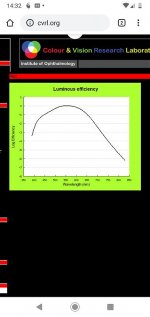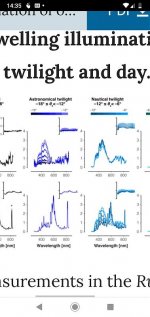SeldomPerched
Well-known member
Can anyone point me to a comparison chart not just for Zeiss (which is the brand I think of where light transmission is discussed, because of the AK prism advantage) but other makes? There are a few things I've been wondering which would be cleared up by looking at a single table:
Does the transmission figure have to differ between say 8x and 10x versions of the same binocular?
Is 95% transmission the highest achieved as in the recently discontinued Victory HT? And also I believe by the 7x42 T*FL and maybe other FLs?
A how many percent difference is needed to be discernible by the human eye (a good one)?
And can someone point me again to the writing by Holger Merlitz which explained comparative visibility between say white objects from different distances and larger objects at different distances and other such things?
Thank you.
Tom
Does the transmission figure have to differ between say 8x and 10x versions of the same binocular?
Is 95% transmission the highest achieved as in the recently discontinued Victory HT? And also I believe by the 7x42 T*FL and maybe other FLs?
A how many percent difference is needed to be discernible by the human eye (a good one)?
And can someone point me again to the writing by Holger Merlitz which explained comparative visibility between say white objects from different distances and larger objects at different distances and other such things?
Thank you.
Tom






